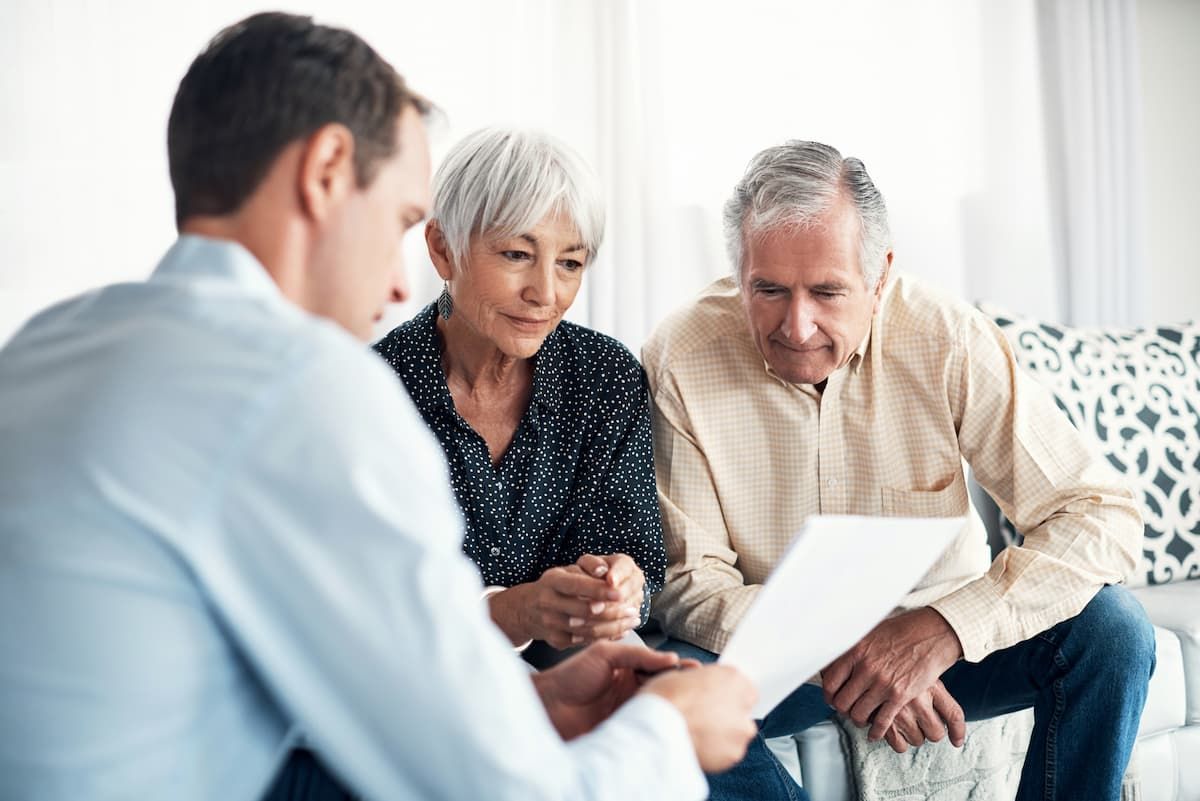Burial vs. Cremation: Exploring the Pros and Cons of End-of-Life Choices
Making decisions about end-of-life arrangements can be a deeply personal and emotional process. Among the most significant decisions individuals and families face is whether to opt for burial or cremation. Each option carries its own set of advantages and considerations, and understanding the pros and cons can help individuals make informed choices that align with their beliefs, preferences, and cultural traditions.
Burial:
Pros:
- Traditional and Cultural Significance: Burial has been a common practice across many cultures and religions for centuries, offering a sense of tradition, continuity, and reverence for the deceased.
- Physical Memorialization: Burial provides a tangible gravesite where loved ones can visit, pay respects, and find solace. For many, having a designated place for remembrance serves as a comforting and meaningful connection to the departed.
- Environmental Considerations: While conventional burial practices may involve embalming and non-biodegradable materials, eco-friendly burial options such as natural or green burials are gaining popularity. These practices prioritize environmental sustainability by using biodegradable materials and minimizing the ecological footprint.
Cons:
- Cost Considerations: Traditional burial can be more expensive than cremation due to expenses such as casket, burial plot, headstone, and maintenance fees for the gravesite.
- Limited Flexibility: Once a burial takes place, the gravesite becomes a permanent memorial, offering limited options for relocation or modification.
- Space Constraints: In densely populated areas or urban settings, finding available cemetery space for burial may be challenging, leading to increased costs or limited choices.
Cremation:
Pros:
- Cost-Effectiveness: Cremation is generally more affordable than traditional burial, as it eliminates expenses associated with caskets, burial plots, and cemetery maintenance.
- Flexibility and Portability: Cremated remains, or cremains, offer flexibility in memorialization options. Families can choose to scatter the ashes in a meaningful location, keep them in an urn at home, or inter them in a variety of locations, including cemeteries, memorial gardens, or columbariums.
- Space Conservation: Cremation addresses the issue of limited cemetery space, making it a practical choice in regions where burial space is scarce.
Cons:
- Religious and Cultural Considerations: Some religions and cultures have specific beliefs and traditions regarding burial and cremation, and individuals may face challenges in reconciling these practices with their personal preferences.
- Emotional Considerations: For some individuals, the thought of cremation may evoke feelings of discomfort or unease, particularly if they have strong emotional or cultural ties to burial traditions.
- Lack of Physical Memorialization: While cremation offers flexibility in memorialization options, some individuals may find comfort in having a physical gravesite for remembrance, which cremation may not provide to the same extent.
In conclusion, the choice between burial and cremation is deeply personal and influenced by a variety of factors, including cultural beliefs, financial considerations, and emotional preferences. By weighing the pros and cons of each option, individuals can make informed decisions that honor their loved ones' memory and provide comfort and closure for themselves and their families. Ultimately, regardless of the chosen method, the most important aspect is creating a meaningful and dignified tribute that celebrates the life and legacy of the departed.









